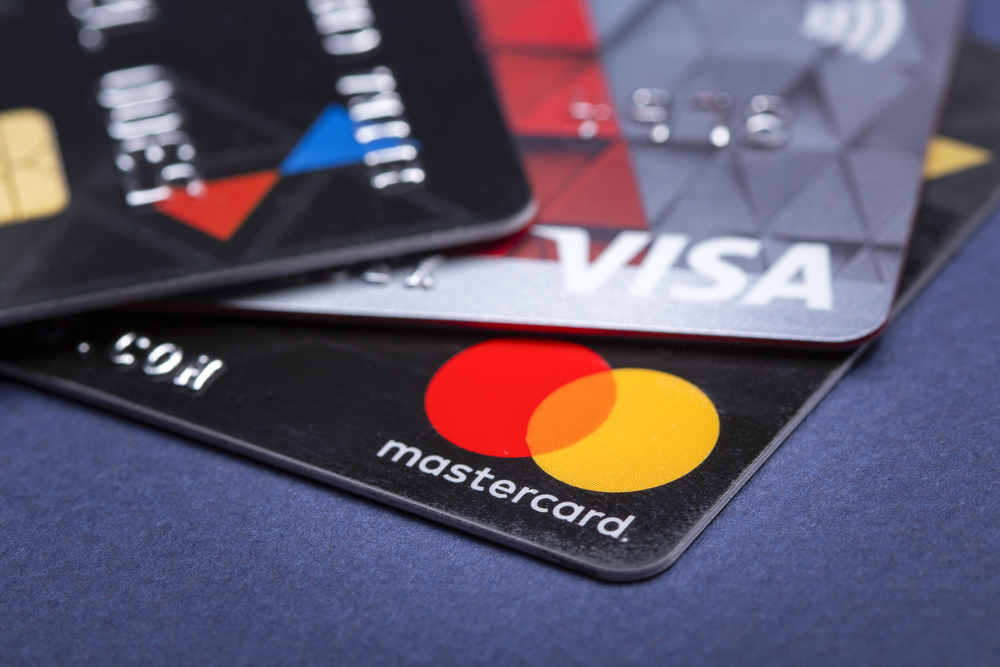
The Cheat Sheet On Merchant Account Reserves (And How To Lower Them)
May 14, 2018 3-MINUTE READ
Merchant account reserves are a term you’ve likely heard of due to being categorized as high risk. As such, you’ve probably learned it means you hand a percentage of your sales to your card processor, but do you know why?
Merchants already deal with a lot of stresses in the ecommerce industry including running day-to-day operations, managing affiliate marketing, developing new products, providing customer support, etc. Furthermore, the last thing any merchant wants is to give up a portion of their hard-earned profits. With that in mind, a merchant account reserve or merchant reserve is a must for most high-risk merchants and startup businesses. The more you understand it, the better you can manage it and keep more of your online revenue for better cash flow.
Today we’ll discuss the basic definition of a merchant account reserve; its purpose, the different types of merchant account reserves, and how to reduce it (by as much as 5%, for example).
What is a merchant account reserve?
A merchant account reserve is a small percentage of transaction settlements held for a period of time (e.g. six months), but are later returned! It is essentially a security deposit that high-risk merchants and startup businesses with no processing history pay to their card processor. They vary by type, percentages and dollar amounts that the processor takes from a merchant account. This will depend on the acquiring bank you partner with and your business model (e.g. adult entertainment, nutraceutical, cosmeceutical, recurring billing, etc.).
Why do they exist?
The primary purpose of a merchant reserve is to protect a financial institution against unforeseen liabilities incurred by the merchant. What do we mean by liabilities? Well, if an online business slows down or closes entirely and customers decide to call their bank to initiate chargebacks, a reserve is there to cover those fees. Basically, a merchant account reserve is an escrow that protects the processor from any future financial loss.
A few examples of financial liabilities that processors avoid with merchant account reserves include:
- Lost sales orders
- High number of chargebacks
- Bank errors
- Disasters and “acts of God”
- Missing deliveries
- Anything that could cost the processor money
It might seem like a pain from your viewpoint, but it is usually a requirement. Are merchant reserves mandatory for all businesses, or is it just you? Well, regardless of how much money you make most merchants in high-risk industries will have a reserve. At DirectPayNet, we have experience negotiating the terms of a merchant reserve (for example: convincing providers to accept a flat amount instead of rolling reserve percentage).
Do they apply to you?
Every acquiring bank or processor has their own policy and require different businesses to have merchant account reserves. The most significant factor that affects the decision is the risk that the account poses to the bank. In the beginning as a rule of thumb when applying for a merchant account, all high-risk merchants will have a reserve as a condition of their agreement. But, if a merchant account has a low chargeback and refund percentage for 120 or more days, the acquiring bank may be open to lowering your reserve.
The Types of Merchant Account Reserves
There are four types of merchant account reserves. Your processor chooses the type depending on your business model and years in business.
Rolling reserve
The rolling reserve is most general type of escrow. With a rolling reserve, the processor holds a percentage of each credit card deposit for a specified period. This rate is usually set around 10% and the processor will hold it for six to twelve months. Funds are gradually released monthly, consequently the oldest are paid first (e.g. funds from February will be released in August).
Accrual reserve
An accrual reserve is a flat percentage of a merchant’s daily sales. This is collected until it reaches the required amount as agreed upon by the merchant and processor. Accrual and rolling reserves are frequently combined.
Capped reserve
With capped reserves, a percentage of each credit card deposit is held until the desired amount is reached. Each processor has their own terms, but typically the set cap is half of the merchants’ monthly processing volume. Sometimes it can be as high as the entire month’s processing volume. Merchants can negotiate with the bank to cease collecting sales. Therefore, a reserve begins, but is then capped to prevent the processor from collecting more money.
Up-front reserve
If you have limited processing history, your acquiring bank or processor may opt for an up-front reserve. Up-front reserves are very rare and most acquiring banks don’t apply this to merchant accounts. The reserve depends on the merchant‘s monthly volume. The processor routinely asks a merchant to provide financial statements documenting projected monthly volume. The processor might hold up to 100% of sales until the balance is funded.
What can you do to reduce your reserve?
There isn’t one magic wand to automatically reduce your reserve. However, it helps to have a solid merchant service provider as your advocate. Also, it helps to successfully mitigate the risks your business presents to your card processor.
At DirectPayNet, here are some strategies we advise:
- Reduce your chargebacks. Keep them at 1% for 3 to 6 months. Consistency is key! If your merchant account is volatile leveraging a reserve reduction with an acquiring bank will be hard. Maintaining consistent chargeback and monthly volume figures helps your processor feel confident about lowering reserves.
- Adopt a monthly billing cycle for cash flow security.
- Sell your own products to safeguard your brand’s reputation.
Other strategies
At DirectPayNet, we have worked with processors to reduce or remove our clients’ reserves. We will do the same for you! With our expertise, many of our successful clients grew to be multi-millionaires in their respective industries. We will implement a custom strategy for your high-risk business model, which will reduce your reserves in no time!
Call our direct line at 1 (800) 657-8272 or email our sales department to learn how we can help your business better manage your merchant account reserves and fees. Get in touch with us today to learn more!




